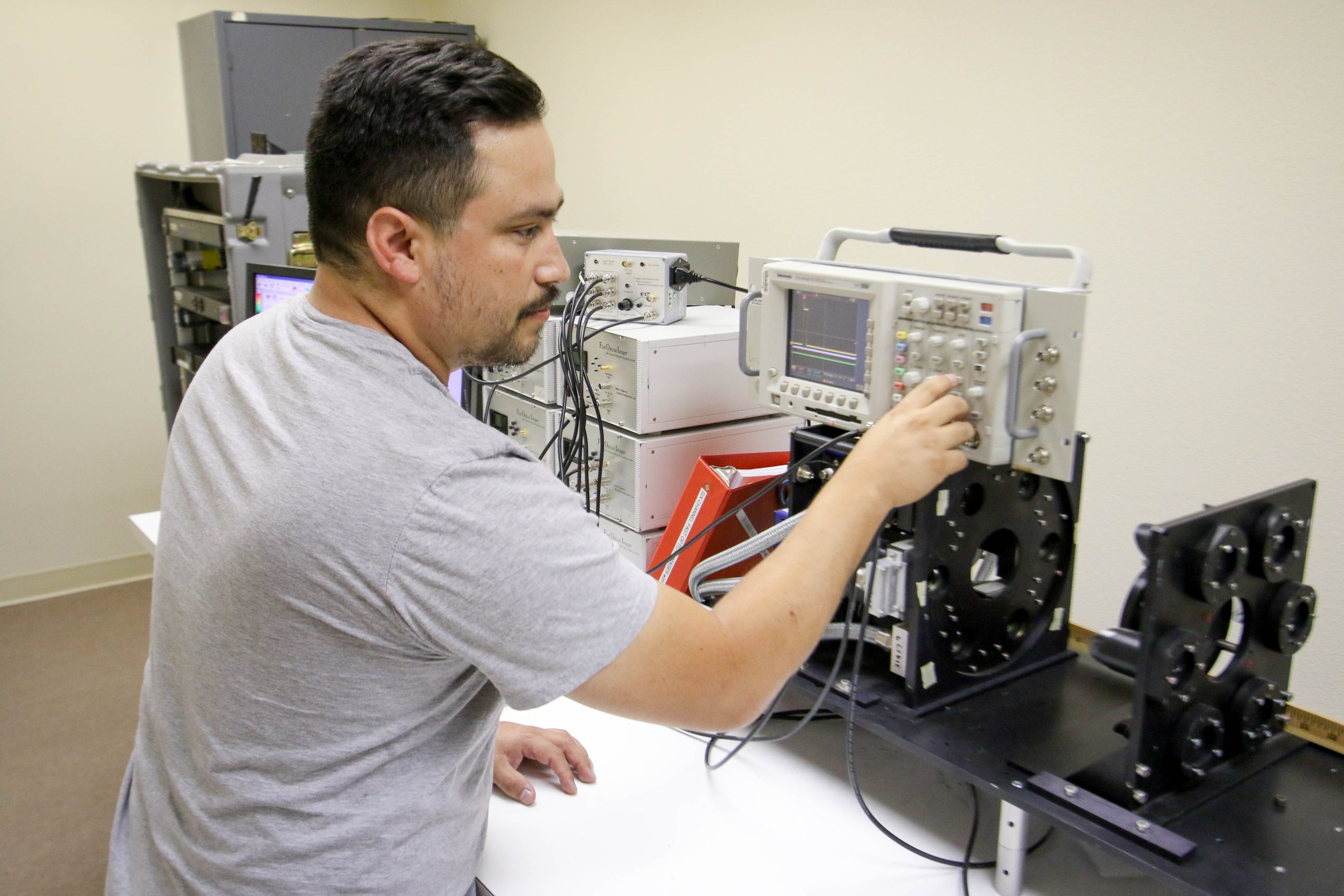
Principal Underground Laboratory for Subcritical Experimentation (PULSE)
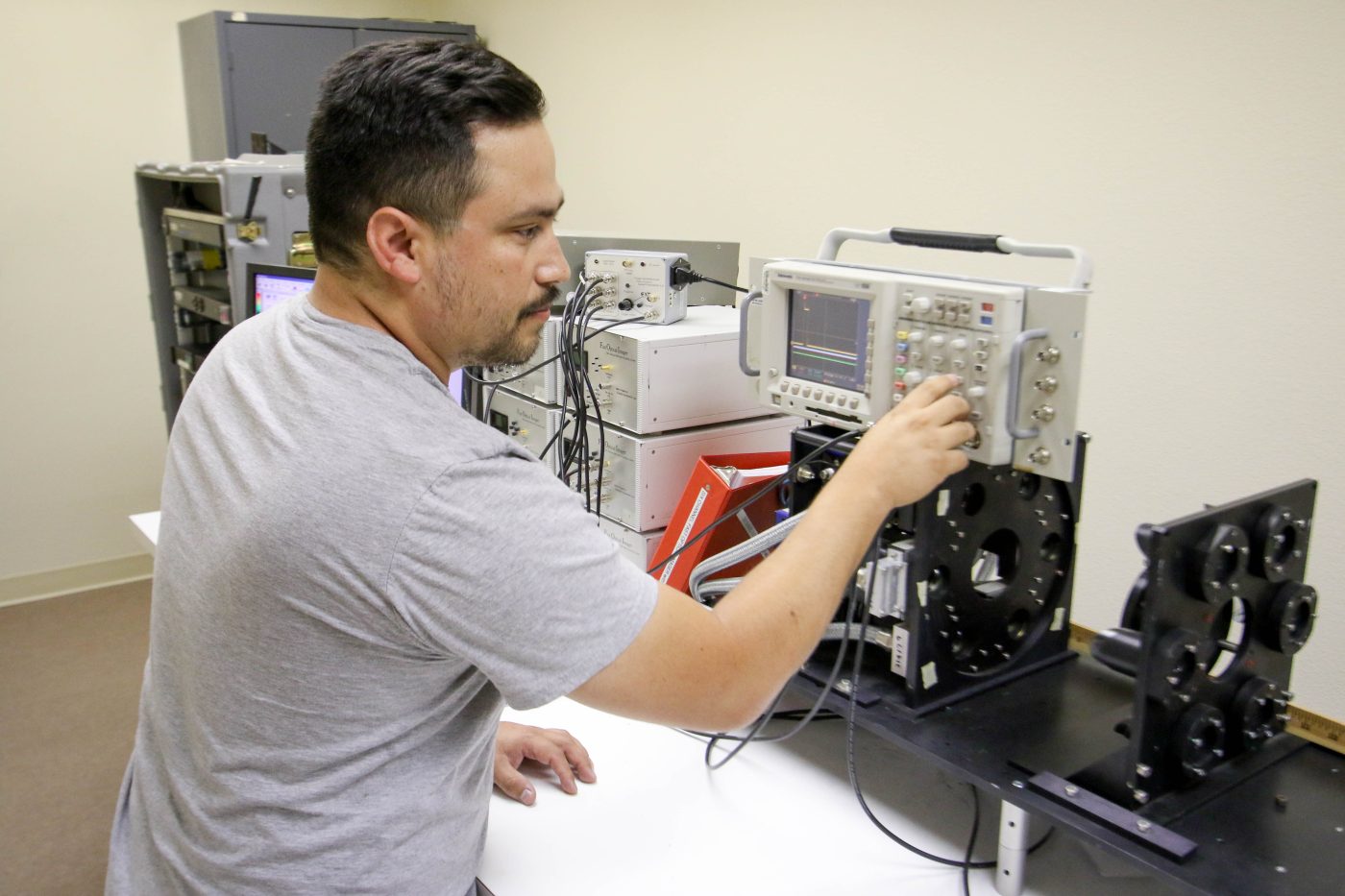
PULSE (formerly the U1a Complex)
PULSE is an underground laboratory at the NNSS where scientists conduct subcritical and physics experiments to obtain technical information about the U.S. nuclear weapons stockpile. These experiments support the NNSA’s Stockpile Stewardship Program, created to ensure the safety and reliability of the U.S. nuclear weapons stockpile now and in the future. PULSE is the only place in the nation where subcritical experiments using plutonium in weapons-relevant quantities can be conducted.
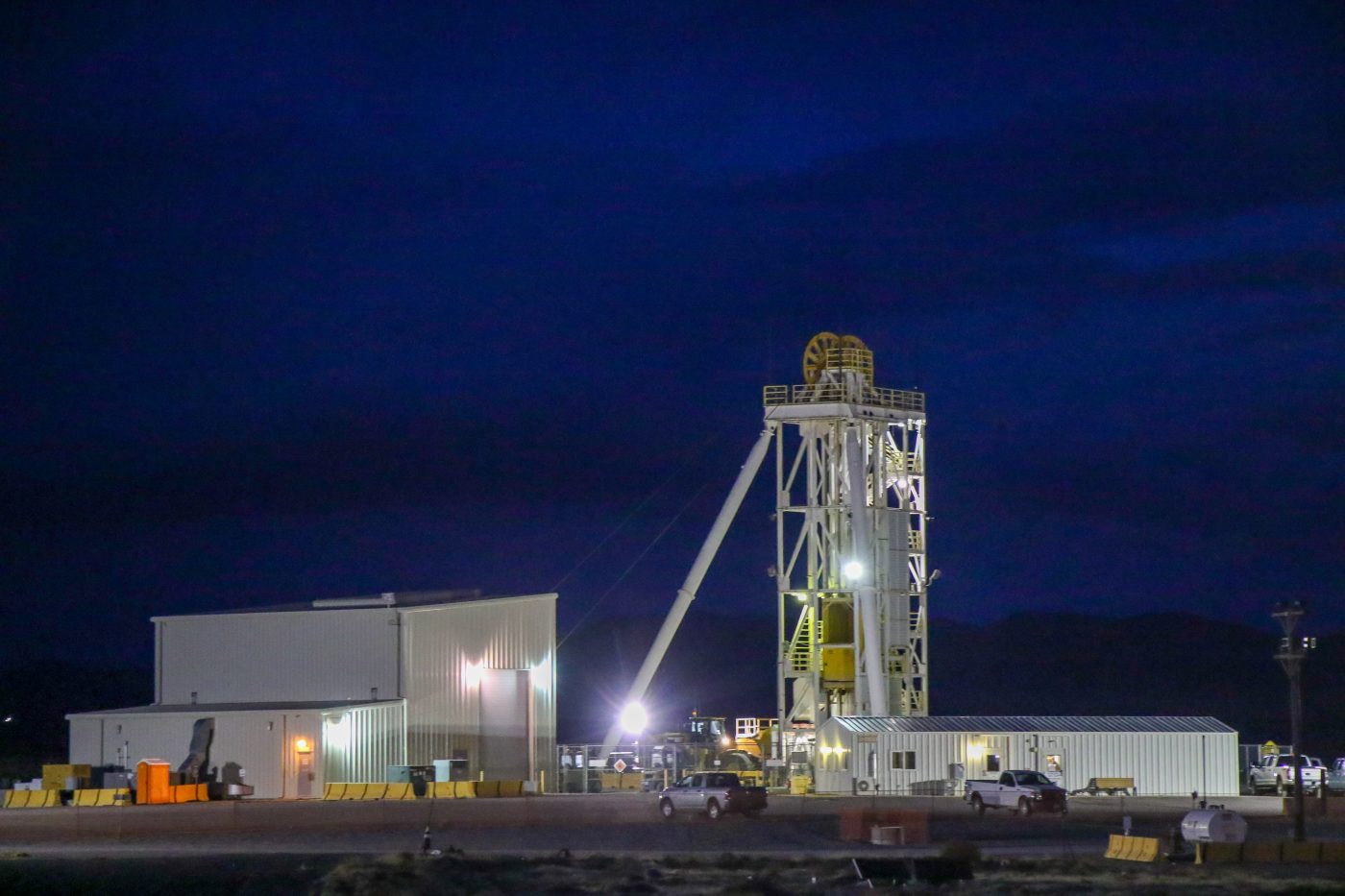
History of PULSE
The U1a borehole was originally excavated in the 1960s for an underground nuclear test that was later canceled. In 1988, the U1a shaft was constructed and the “Ledoux” nuclear test was conducted in 1990 in a horizontal tunnel mined south from its base, 955 feet below ground surface. The current PULSE complex is mined at the base of two vertical shafts: the original U1a shaft and the U1h shaft, which was constructed in 2004. The vertical shafts are equipped with mechanical hoists for personnel and equipment access. A third vertical shaft, U1g, is located between the two main shafts and provides cross ventilation, instrumentation and utility access, and an emergency exit. The underground facility is on one level, at the depth of the Ledoux test, and consists of horizontal tunnels and alcoves, which are approximately 1.4 miles collectively in length. The facility provides a high degree of safety for NNSS workers and the public, exceptional security for the experiments, and minimizes environmental impacts.
Subcritical Experiments
Nearly 1,000 feet underground in PULSE, physics experiments use chemical high explosives to generate extreme pressures that are applied to special nuclear materials. In contrast to full-scale testing, what makes the experiments subcritical is that the configuration and quantities of explosives and weapons-relevant quantities of plutonium do not allow a self-sustaining nuclear chain reaction, or criticality, to occur.
Originally, subcritical experiments were conducted in single-use alcoves mined into the walls or in vertical boreholes in the floor of PULSE. Today, the experiments are conducted in a mined space known as a “zero room.” Experiments in the zero room are contained within a robust confinement vessel which prevents the release of radiological material and allows the room to be used again in future experiments. PULSE is also in close proximity to the Device Assembly Facility at the NNSS, enabling efficient and flexible experimental component assembly in a controlled environment.
Advanced Diagnostics
During these experiments, state-of-the-art diagnostics collect data from special nuclear material as it is subjected to extreme pressures and temperatures. These diagnostics include:
- Multiplexed photonic Doppler velocimeter to measure shock wave velocities
- Broadband laser ranging to measure shock wave position
- Additional advanced implosion diagnostics that characterize the shock waves in materials
The data collected from the subcritical experiments are analyzed by the Nuclear Weapons Laboratories.
Cygnus Machine
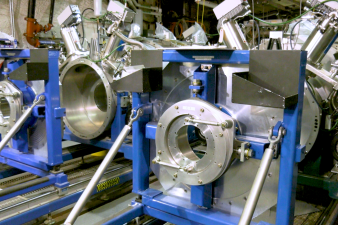
Cygnus, a pulsed X-ray radiography system located at U1a, is a principal diagnostic source machine used for current subcritical experiments. Cygnus is a medium-energy radiography system designed to take at least two equivalent, time-separated radiographs of an explosive-driven experiment. The geometry is such that each of the two radiographs show the experimental package under dynamic shock. Cygnus has been used for multiple experiments executed at PULSE and has provided relevant, useful data for more than 20 years.
PULSE: Next Generation
PULSE continues to strengthen its existing experimentation capabilities, and current investments will expand and optimize the facility to support increased mission activities.
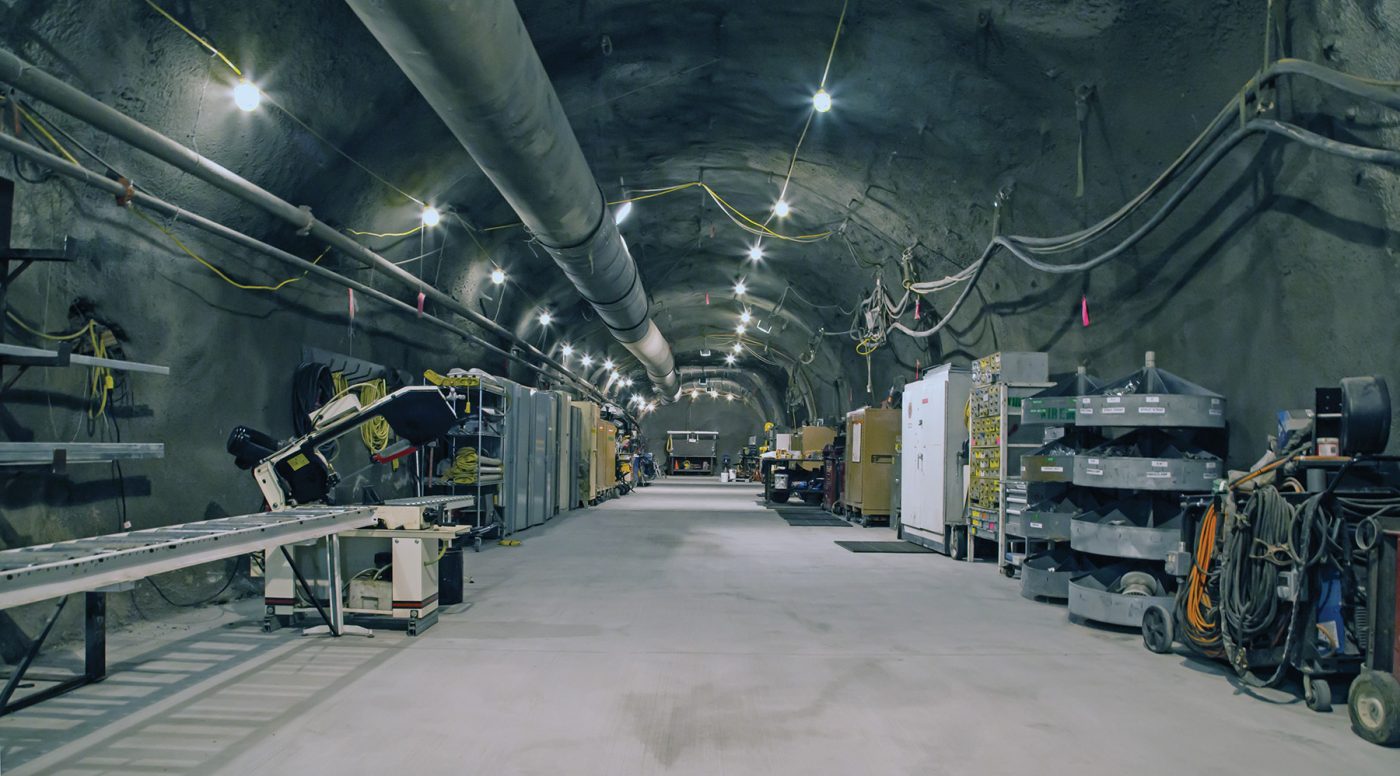
Construction is currently underway on new testbeds – a signature investment in the underground laboratory – that will be home to the Advanced Sources and Detectors Scorpius machine and the Neutron Diagnosed Subcritical experiments machine named ZEUS (Z-pinch Experimental Underground System).
Scorpius and ZEUS will enable subcritical experiments that image special nuclear material during multiple stages of detonation, yielding essential data on stockpile safety and certification. The new scientific instruments will also enable the NNSS to offer federal and private partners three parallel operational testbeds for new and enhanced subcritical experiment capabilities.
